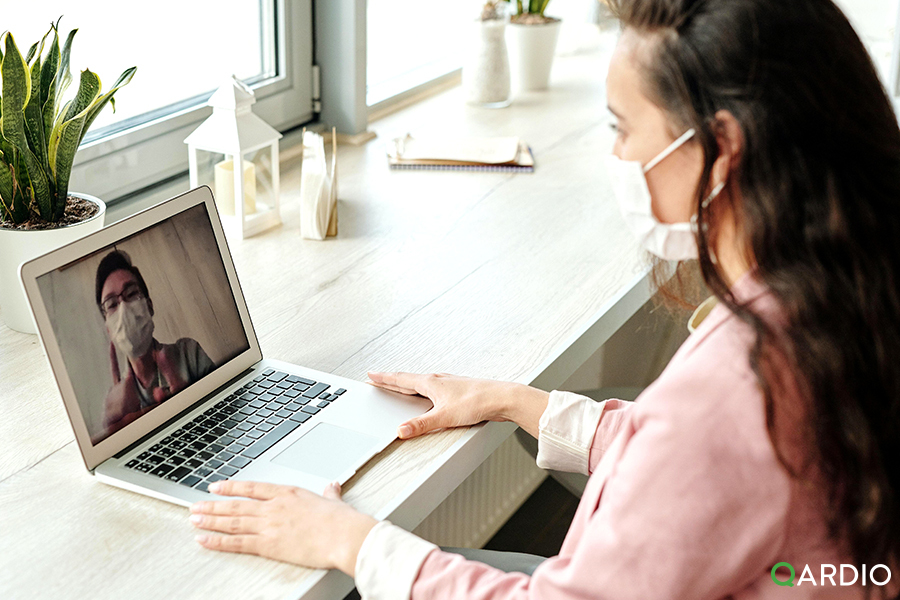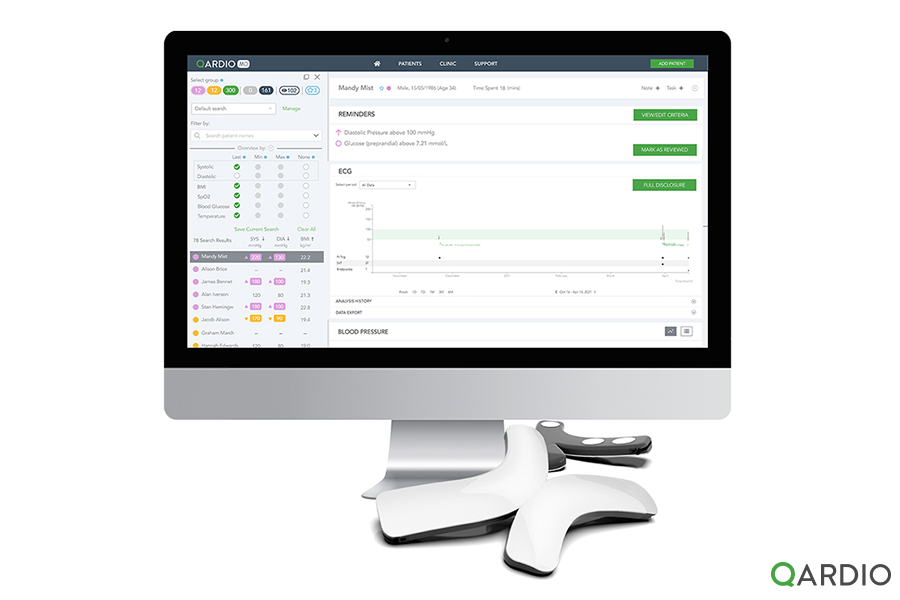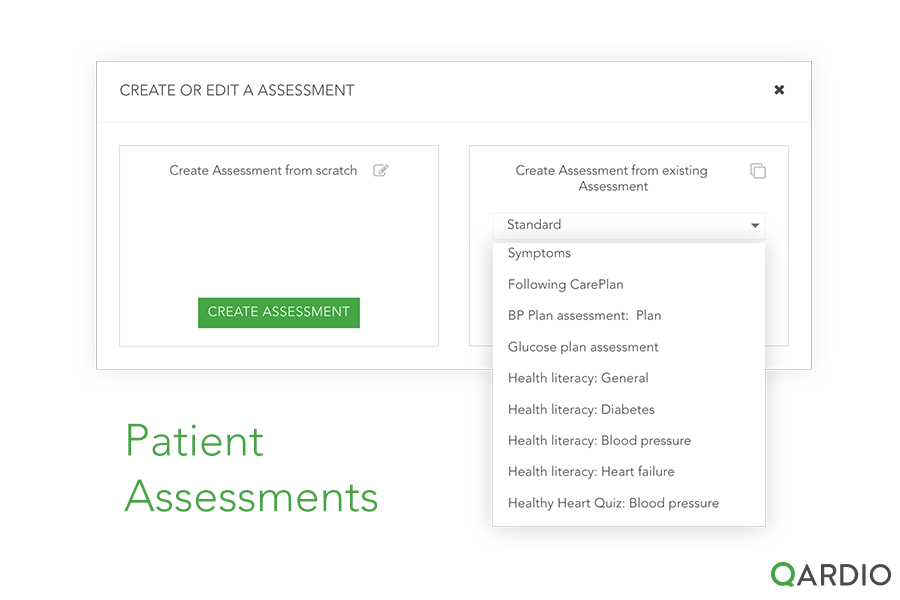Telehealth before COVID-19
Talking about telehealth before the COVID-19 pandemic was a distant dream. According to reports from McKinsey & Company, by 2019 only 11% of consumers had used some type of telehealth service (video call, instant messaging, chatbots, remote ECG, and blood pressure monitoring, among others). Before COVID-19, in-person visits were the preferred method. Little was known about the benefits of telehealth, and both clinicians and users seemed very comfortable with the current system.
COVID-19 accelerated telehealth adoption
Changes in consumer habits are generally triggered by changes in context. When the pandemic began during the first quarter of 2020, in-person medical visits were no longer possible because they put the health of the patient and medical staff at risk. About 70% of face-to-face visits had been canceled, forcing people to adopt telehealth.
Studies by the Rock Health and Stanford Center for Digital Health revealed that, before the pandemic, only 0.1% of medical visits were made with telehealth. However, by the second quarter of 2020, it had risen to 14%. For the following months, adoption began to normalize, representing 7% of visits.
After several months of using telehealth services, 74% of users reported being very satisfied. On the other hand, 76% confirmed that they would be interested in using these services in the future, according to reports from McKinsey & Company. This indicates that 2020 drove the adoption of telehealth and allowed users to learn its benefits.
Barriers to telehealth
In its annual report about the use of technologies in the medical sector, Accenture explains the barriers to adopting telehealth. By 2020, the use of wearable technologies had decreased from 33% in 2018 to 18% in 2020. The main reason for this change was focused on the lack of trust users had towards technology companies, and how their data was used and shared. The same was reflected in how patients trusted their doctors to manage their medical data. By 2019, 89% of healthcare consumers trusted their doctors to keep their digital healthcare data safe. This percentage dropped to 83% in 2020.
Although there is a lot of concern about patient data management, other existing barriers are age, socio-economic level, and area where they lived. Reports from Accenture and Rock Health and Stanford Center for Digital Health indicated that young people, especially the Millennial Generation, and people with chronic conditions (heart disease, diabetes, and obesity) are the most willing to adopt these technologies. However, the oldest groups of people, followed by those with lower income and who lived in rural areas showed more difficulties with the use of telehealth.
The future of telehealth and beyond
Telehealth is here to stay. It is important to know which methods work best for patients, allowing for a pleasant and transparent experience with their doctor. Reports from the Rock Health and Stanford Center for Digital Health indicated that video calling was the preferred one of all existing forms of telehealth. Although the use of healthcare services decreased markedly during 2020, video call medical visits increased by 11% (from 32% to 43%). At the same time, around 90% of users were satisfied with video calling services for medical visits.
The adoption of telehealth in the coming years will depend mainly on healthcare providers. The inclusion of virtual medical visits, remote monitoring, and instant messaging for emergencies is part of the healthcare sector’s digitization. If healthcare providers do not take the initial step, patients will not join the change.
Data security will be crucial. Telehealth providers will have the task to make sure patient and doctor data will not suffer any breach. They will also need to develop user-friendly solutions that put user experience at the core. This is the only way to advance in the adoption of telehealth.
QardioMD – Achieve improved patient outcomes with an all in one, multi-modality capable solution
Since 2016, at Qardio we have developed QardioMD. This intelligent platform allows healthcare providers to remotely manage the health of their patients. All data is recorded in the HIPAA and GDPR compliant cloud and can be viewed by the doctor through a simple and easy-to-use interface. Doctors can easily prioritize patients via guidelines-based or individual smart filtering to quickly identify trends and take clinical action anytime.
To learn more about how QardioMD works, speak with a product expert here.
Sources
Rock Health and Stanford Center for Digital Health
Accenture


